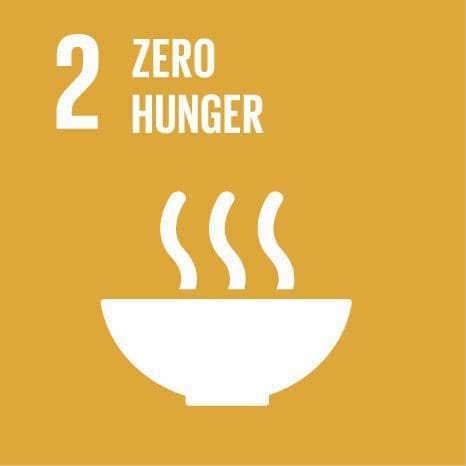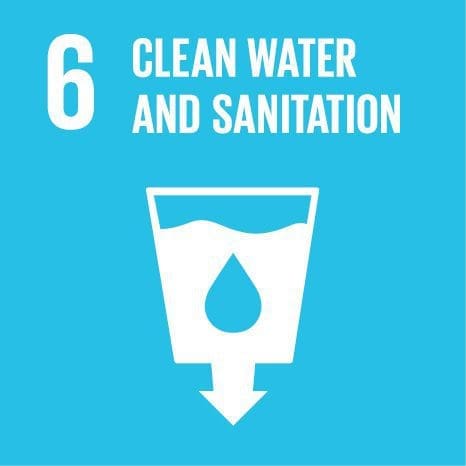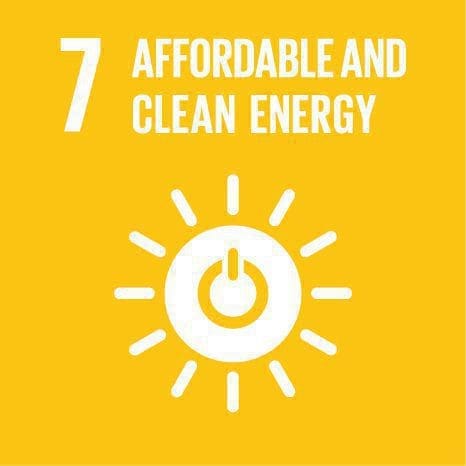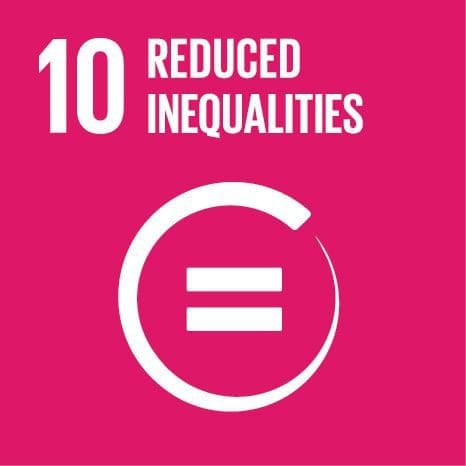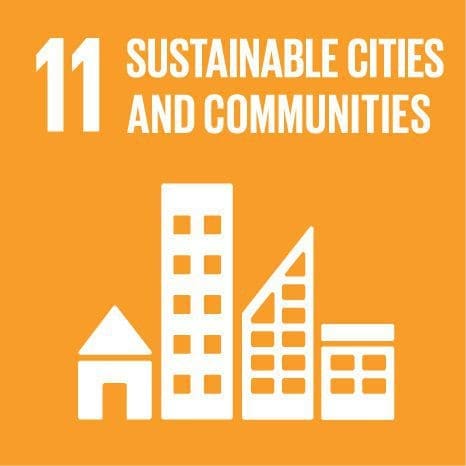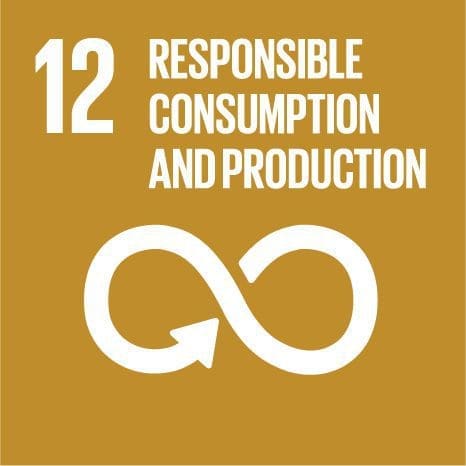75 kWp Mueang Nakhon Pathom, Nakhon Pathom, Thailand
$50.00 Per Carbon Credit
-
OVERVIEW
-
Suwanna Minracha is the agrisolar farm project originator for this 75 kWp agrisolar farm. We look forward to helping her implement a new agricultural business model by incorporating solar energy as an additional revenue stream.
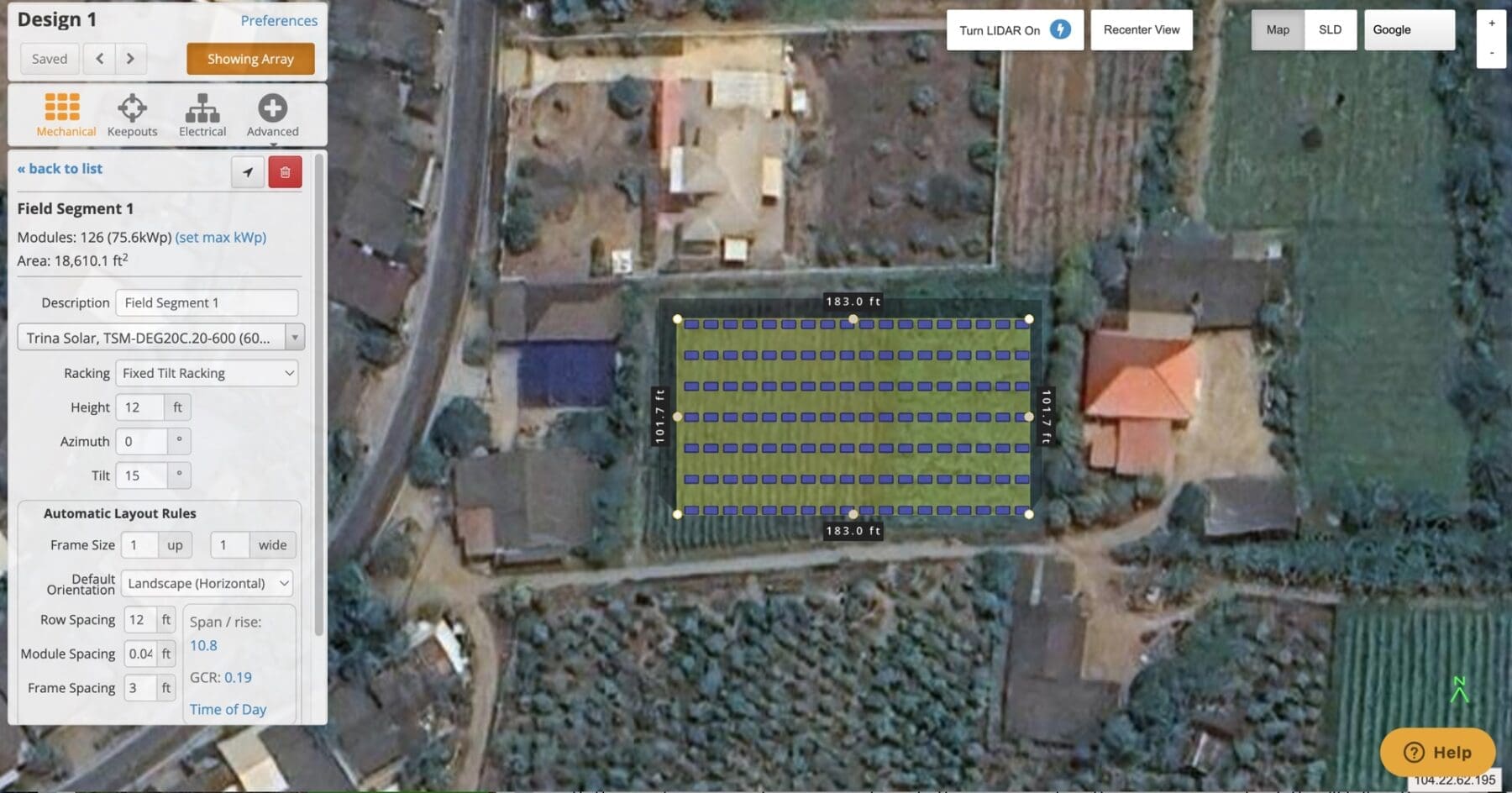 Total Farm Area
Total Farm Area- 10,867 Sq Meters
- 2.68 rai
- .1087 Hectares
- 116,971 square feet
- 2.6853 Acres
-
CROP ANALYSIS
-
AgrisolarAI Prompt: In Thailand at the following coordinates 13.877965, 100.024717 there is a small farm that grows cabbage on 921.46 m² (9,918.53 ft²) farm plot. Tell me everything you know about the possible crop yield; When is perfect time to plant? Ideal row spacing and cabbage spacing? how long is the grow cycle? how many harvests can be cultivated in 12 months. how tall does cabbage get? how many cabbage in one harvest cycle? how many kilograms does one harvest yield? What typically can a thai farmer sell wholesale for their cabbage at the local market? add as much detail as possible.
AgrisolarAI Prompt: Please calculate the total possible annual revenue generated from this cabbage plot of land. Provide me with lowest, middle and highest case scenario. Provide the calculations step by step in Baht as well as USD.
Private and legal binding contract between the solar energy producer and the energy purchased referred as “the off-taker”; usually a business or utility company.
-
SOCIAL IMPACT
-
-
CARBON REPORT
-
Based on the IEA 2020 report, the average CO2 emissions intensity for electricity generation in Thailand is approximately 0.55 kg CO2 per kWh. Here’s how you would use that number to calculate the CO2 offset from this Agrisolar farm: Determine the annual production of the solar farm. For this project it is ~102,918.7 kWh. Multiply the annual production by the emissions factor. This will give the total CO2 emissions that would have been produced if that same amount of electricity had been generated by the conventional grid. 102,918.7 kWh * 0.55 kg CO2/kWh = 56,605.28 kg CO2 Convert the emissions to metric tons. There are 1000 kg in a metric ton (or tonne), so: 56,605.28 kg CO2 / 1000 = 56.61 metric tons CO2 So, in the first year, this agrisolar farm would offset approximately 56.61 metric tons of CO2 emissions compared to conventional grid electricity in Thailand.
-
SOLAR ENERGY
-
We use AgrisolarAI to drill down into the project solar energy system specifications. Project GPS Location: 13.877838, 100.025089 Project Physical Location: Thap Luang, Mueang Nakhon Pathom District, Nakhon Pathom, Thailand Field Segment: 18,610.1 ft2 Frame Size: 1 up, 1 wide Mounting Height: 12 ft Mounting Row Spacing: 12 ft Mounting Frame Spacing: 3 ft Azimuth: 0 degrees (South) Solar Module Power Rating: 600 Watt Solar Module Model: Trina Solar Vertex 600W, Model TSM-DEG20C.20 Inverter Manufacturer: Huawei Inverter Type: String Inverter Inverter Model: Huawei SUN2000-20KTL-M0 Inverter number: 3 Annual Production to grid kWhrs: 102,918.7 Annual Revenue from Solar Electricity Sale to local utility = 102,918.7 kWh x $0.07 / kWh = $7,204.30 Agrisolar Farm Installed Cost Target = $1.00/watt
Solar Energy Production (year 1) = 102,918.7 kWh 1 Carbon Credit = 1 MTCO2e 1 MTCO2e = 1,818.61 kWh 1 Day (24 hours) = 281.969041kWh 1 Hour = 11.74871 kWh 1 Minute = 0.19581183 kWh 1 MTCO2e = 154.86785445 hours or 6.452 days Year 1 carbon credits = 56 25 years carbon credits = ~ 1,400

-
ENERGY STORAGE
-
-
SOLAR REFRIGERATION
-
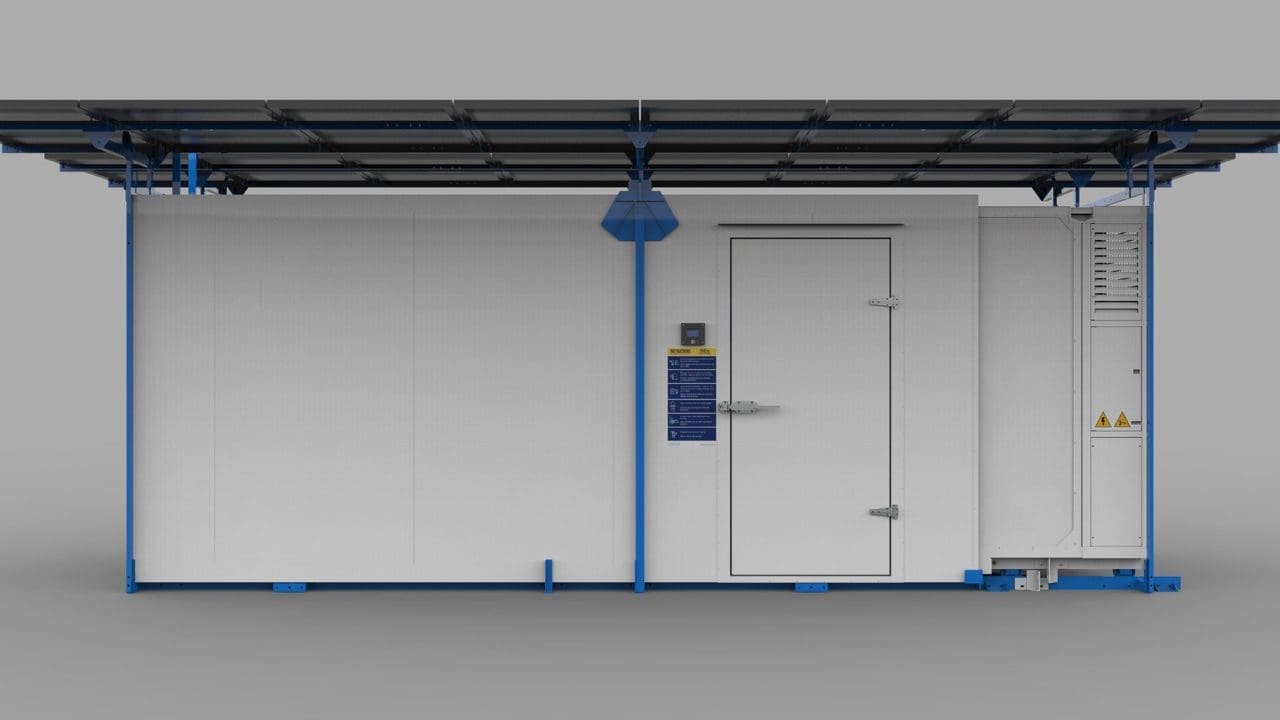
-
CONTAINER FARM
-
Container Farm
-
SOLAR IRRIGATION
-
Container Farm




-
BIOCHAR SOIL
-
19,602.31 m² 210997.51 sq ft 4.84 acres 12.25 rai
-
PRECISION FARMING
-
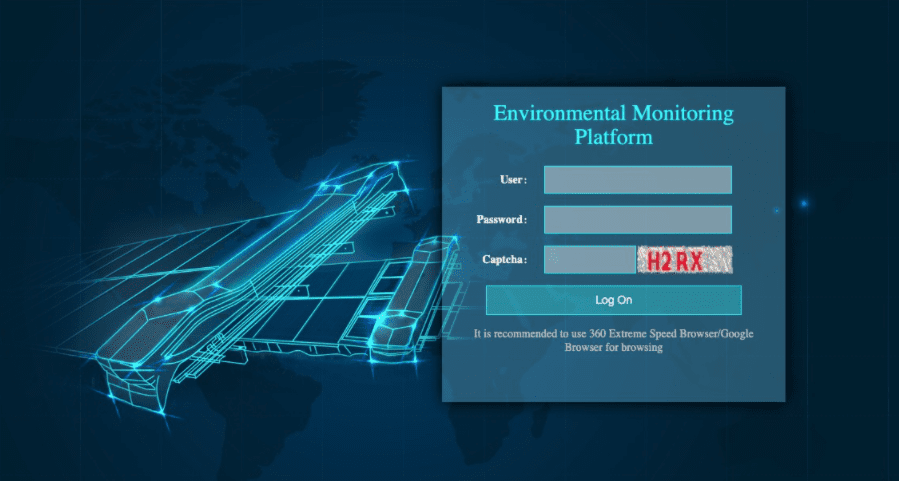
-
PROJECT FINANCE
-
-
ECONOMICS
-
Cost Categories Target Cost ($/watt) Actual Cost ($/watt) Cost Description Hard Costs n/a n/a Major cost category: These are the direct costs related to the physical components of the solar installation Module Cost 0.17 This is the cost of the photovoltaic panels Inverter Cost 0.23 This is the cost of the inverter, which converts the direct current (DC) produced by the solar panels into alternating current (AC) for use in the building or to be fed into the grid. Racking and Mounting Systems 0.15 This includes the costs of the racking systems and other physical components necessary to mount the panels Balance of System Hardware This refers to additional hardware not included in the other categories that are necessary for a functioning PV system. Electrical BOS This includes the cost of wiring, fuses, switches, and other electrical components. Mechanical BOS Includes costs for additional mechanical hardware, such as fasteners, clips, and other components used in the physical installation of the PV system. Power Electronics DC-DC Converters: Microinverters: Power Optimizers: Battery Management Systems (BMS): Charge Controllers: Grid-Tie Inverters: Data Loggers and Monitoring Systems. Energy Storage Hardware If the system includes energy storage, this would include the cost of the batteries and any associated hardware. The cost can vary significantly depending on the type of battery technology used and the size of the battery system. Soft Costs Project Origination Costs Project Development Costs Preliminary Feasibility and Viability Studies Detailed Project Reports Site Surveys and Soil Testing Environmental Impact Assessment Power Purchase Agreement Procedures Grid Connection Approval Legal Fees and Other Professional Services Project Management Costs PII Costs Permitting Costs Insurance Costs Interconnection Costs Installation Labor Installer Profit Developer Profit Indirect Corporate Costs Supply Chain Costs Land Acquisition Costs Grid Integration and Access Costs Operations and Maintenance Costs Regulatory Compliance Costs Financing and Contracting -
dMRV AUDIT TRAIL
-
-
DOCUMENTS
-
Suwanna Minracha is the agrisolar farm project originator for this 75 kWp agrisolar farm. We look forward to helping her implement a new agricultural business model by incorporating solar energy as an additional revenue stream.
 Total Farm Area
Total Farm Area
- 10,867 Sq Meters
- 2.68 rai
- .1087 Hectares
- 116,971 square feet
- 2.6853 Acres
AgrisolarAI Prompt: In Thailand at the following coordinates 13.877965, 100.024717 there is a small farm that grows cabbage on 921.46 m² (9,918.53 ft²) farm plot. Tell me everything you know about the possible crop yield; When is perfect time to plant? Ideal row spacing and cabbage spacing? how long is the grow cycle? how many harvests can be cultivated in 12 months. how tall does cabbage get? how many cabbage in one harvest cycle? how many kilograms does one harvest yield? What typically can a thai farmer sell wholesale for their cabbage at the local market? add as much detail as possible.
AgrisolarAI Prompt: Please calculate the total possible annual revenue generated from this cabbage plot of land. Provide me with lowest, middle and highest case scenario. Provide the calculations step by step in Baht as well as USD.
Private and legal binding contract between the solar energy producer and the energy purchased referred as “the off-taker”; usually a business or utility company.
Based on the IEA 2020 report, the average CO2 emissions intensity for electricity generation in Thailand is approximately 0.55 kg CO2 per kWh. Here’s how you would use that number to calculate the CO2 offset from this Agrisolar farm: Determine the annual production of the solar farm. For this project it is ~102,918.7 kWh. Multiply the annual production by the emissions factor. This will give the total CO2 emissions that would have been produced if that same amount of electricity had been generated by the conventional grid. 102,918.7 kWh * 0.55 kg CO2/kWh = 56,605.28 kg CO2 Convert the emissions to metric tons. There are 1000 kg in a metric ton (or tonne), so: 56,605.28 kg CO2 / 1000 = 56.61 metric tons CO2 So, in the first year, this agrisolar farm would offset approximately 56.61 metric tons of CO2 emissions compared to conventional grid electricity in Thailand.
We use AgrisolarAI to drill down into the project solar energy system specifications. Project GPS Location: 13.877838, 100.025089 Project Physical Location: Thap Luang, Mueang Nakhon Pathom District, Nakhon Pathom, Thailand Field Segment: 18,610.1 ft2 Frame Size: 1 up, 1 wide Mounting Height: 12 ft Mounting Row Spacing: 12 ft Mounting Frame Spacing: 3 ft Azimuth: 0 degrees (South) Solar Module Power Rating: 600 Watt Solar Module Model: Trina Solar Vertex 600W, Model TSM-DEG20C.20 Inverter Manufacturer: Huawei Inverter Type: String Inverter Inverter Model: Huawei SUN2000-20KTL-M0 Inverter number: 3 Annual Production to grid kWhrs: 102,918.7 Annual Revenue from Solar Electricity Sale to local utility = 102,918.7 kWh x $0.07 / kWh = $7,204.30 Agrisolar Farm Installed Cost Target = $1.00/watt
Solar Energy Production (year 1) = 102,918.7 kWh 1 Carbon Credit = 1 MTCO2e 1 MTCO2e = 1,818.61 kWh 1 Day (24 hours) = 281.969041kWh 1 Hour = 11.74871 kWh 1 Minute = 0.19581183 kWh 1 MTCO2e = 154.86785445 hours or 6.452 days Year 1 carbon credits = 56 25 years carbon credits = ~ 1,400


Container Farm
Container Farm




19,602.31 m² 210997.51 sq ft 4.84 acres 12.25 rai

Cost Categories Target Cost ($/watt) Actual Cost ($/watt) Cost Description
Hard Costs n/a n/a Major cost category: These are the direct costs related to the physical components of the solar installation
Module Cost 0.17 This is the cost of the photovoltaic panels
Inverter Cost 0.23 This is the cost of the inverter, which converts the direct current (DC) produced by the solar panels into alternating current (AC) for use in the building or to be fed into the grid.
Racking and Mounting Systems 0.15 This includes the costs of the racking systems and other physical components necessary to mount the panels
Balance of System Hardware This refers to additional hardware not included in the other categories that are necessary for a functioning PV system.
Electrical BOS This includes the cost of wiring, fuses, switches, and other electrical components.
Mechanical BOS Includes costs for additional mechanical hardware, such as fasteners, clips, and other components used in the physical installation of the PV system.
Power Electronics DC-DC Converters: Microinverters: Power Optimizers: Battery Management Systems (BMS): Charge Controllers: Grid-Tie Inverters: Data Loggers and Monitoring Systems.
Energy Storage Hardware If the system includes energy storage, this would include the cost of the batteries and any associated hardware. The cost can vary significantly depending on the type of battery technology used and the size of the battery system.
Soft Costs
Project Origination Costs
Project Development Costs
Preliminary Feasibility and Viability Studies
Detailed Project Reports
Site Surveys and Soil Testing
Environmental Impact Assessment
Power Purchase Agreement Procedures
Grid Connection Approval
Legal Fees and Other Professional Services
Project Management Costs
PII Costs
Permitting Costs
Insurance Costs
Interconnection Costs
Installation Labor
Installer Profit
Developer Profit
Indirect Corporate Costs
Supply Chain Costs
Land Acquisition Costs
Grid Integration and Access Costs
Operations and Maintenance Costs
Regulatory Compliance Costs
Financing and Contracting
Phase I - 75 kWp Solar Energy System

